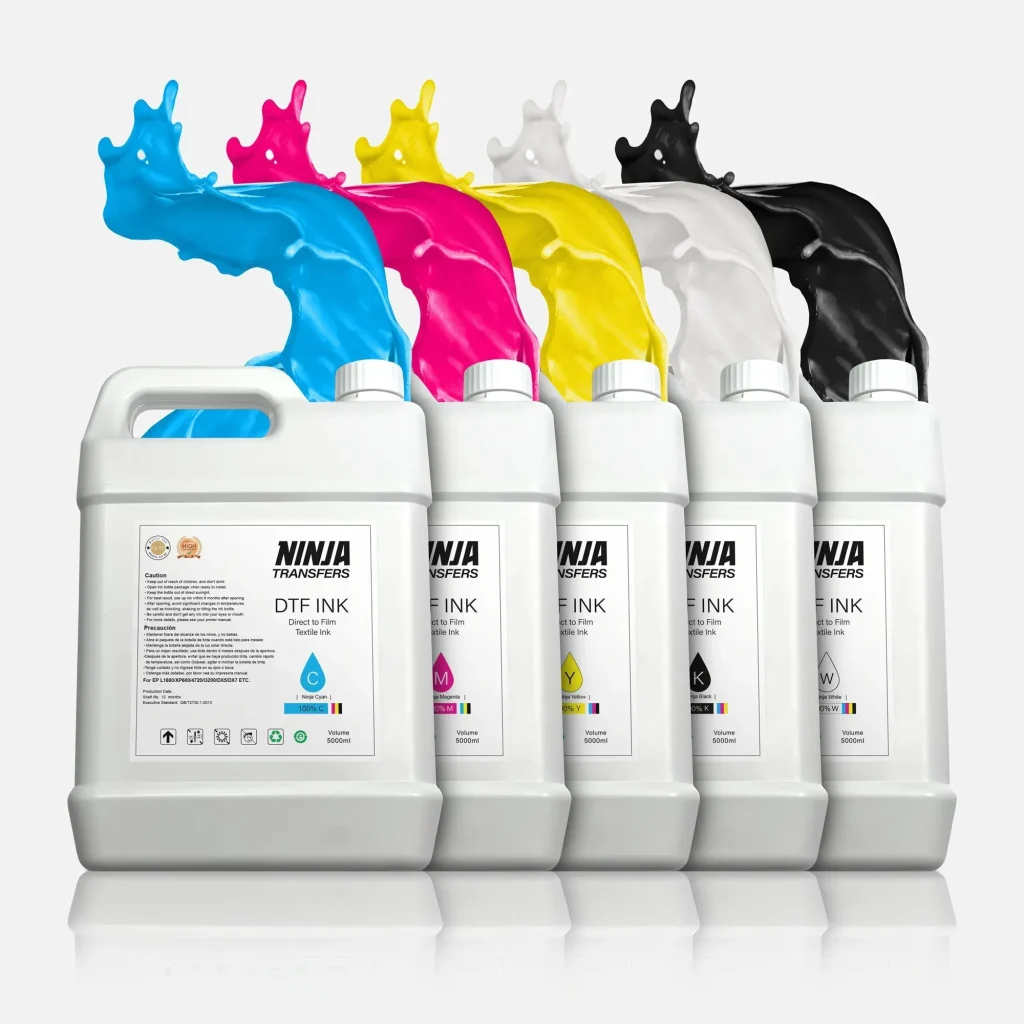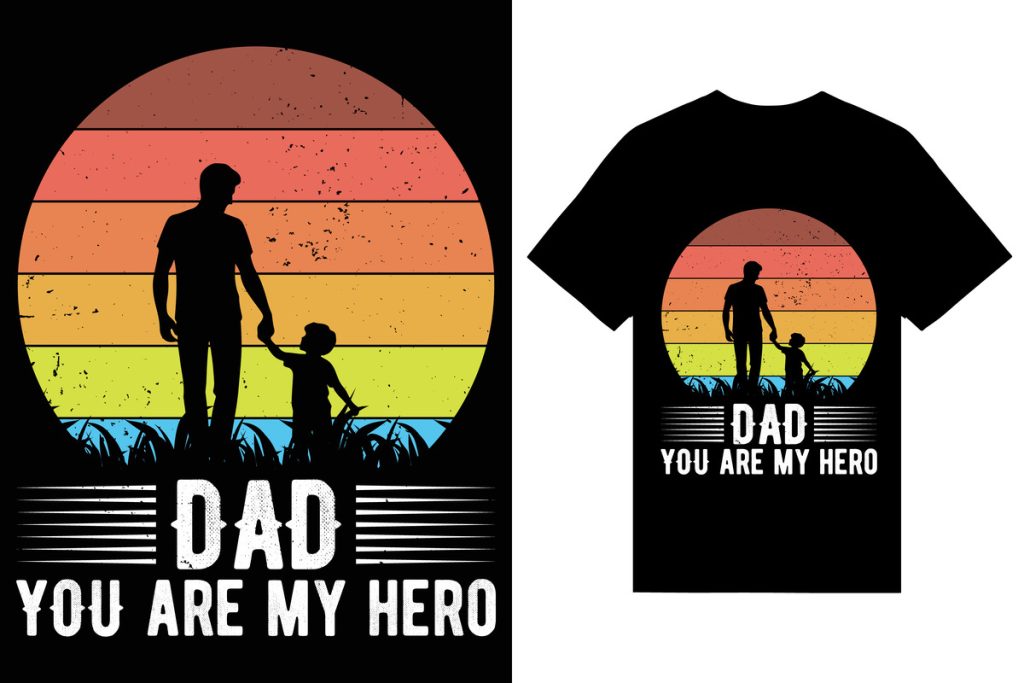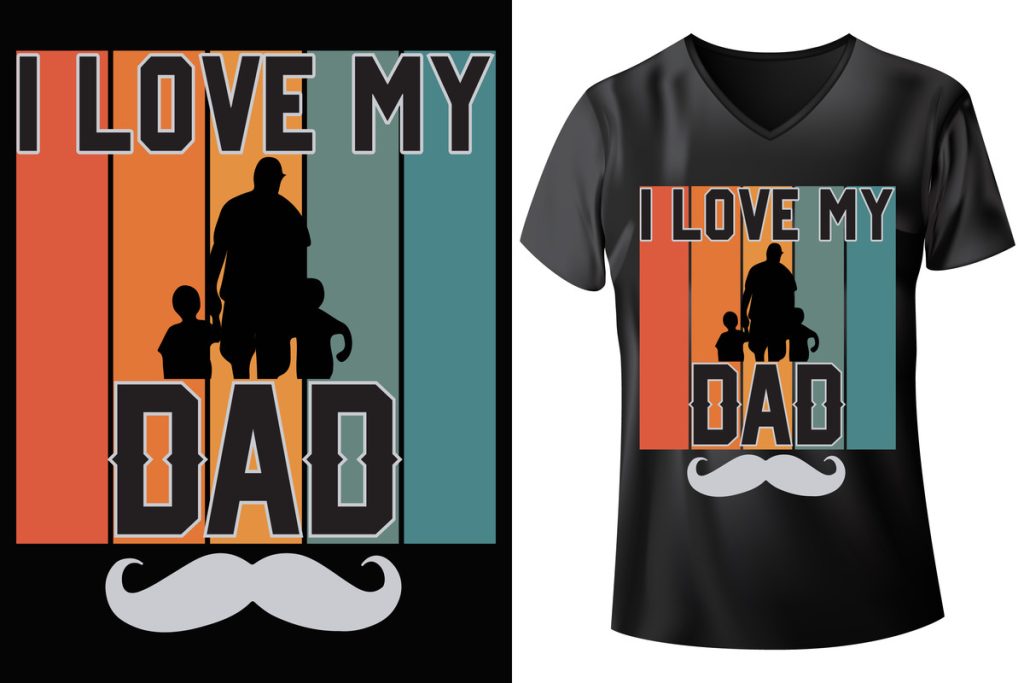DTF inks, or Direct-to-Film inks, are revolutionizing the textile printing industry with their innovative application process that enhances vibrancy and durability. In recent years, the demand for DTF printing has surged, thanks to the remarkable benefits these inks provide, including exceptional color reproduction and wash durability. As professionals and hobbyists alike seek high-quality DTF inks for their projects, understanding the nuances of DTF printing, such as printer maintenance and the importance of effective transfer techniques, has become imperative. This blog post delves into the world of DTF inks, discussing their advantages, best practices for achieving optimal print results, and the latest developments in this exciting technology. Join us as we explore how DTF inks are setting new standards for quality and sustainability in garment decoration.
When referring to DTF inks, one enters a vibrant world of Direct-to-Film printing technology that has transformed how designs are transferred onto fabric. Known for their color vibrant outputs and exceptional longevity, DTF printing solutions have captivated both amateur and professional textile creators. This advanced printing method not only provides an array of DTF printing benefits, such as improved wash durability, but also addresses the need for versatile applications across various materials. Understanding the importance of high-quality ink formulations and proper DTF printer maintenance can be pivotal in maximizing print quality and customer satisfaction. Thus, this discussion on these innovative printing inks will uncover their full potential, promoting better practices in print production.
Understanding the Advantages of DTF Printing
DTF printing offers a range of advantages that set it apart from traditional printing methods. The technology is particularly well-known for its vibrant color reproduction, which is crucial for creating eye-catching designs. With DTF inks, businesses can expect rich tones and intricate details that truly stand out on various materials, making it an ideal choice for personalized apparel and promotional products.
Additionally, the versatility of DTF inks allows them to adhere effectively to a wide array of fabrics, such as cotton, polyester, and blends. This feature not only enhances the creative possibilities for designers but also caters to diverse customer preferences. When combined with the durability of DTF prints, which resist fading and wear even after multiple washes, the long-term value becomes evident for businesses looking to make a lasting impression.
The Role of High-Quality DTF Inks in Print Durability
One significant factor that influences the success of DTF printing is the choice of high-quality DTF inks. These inks are specially formulated to ensure strong adhesion to fabrics while maintaining color integrity. A quality ink not only enhances the overall appearance of the print but also contributes to its durability, making it resistant to common challenges such as fading and cracking.
Moreover, investing in superior DTF inks can directly impact the longevity of the printed product. Since these inks provide robust adhesion and maintain their vibrancy even after extensive washing, businesses that prioritize quality can save on costs related to reprints and customer complaints. Consequently, utilizing high-quality DTF inks ensures that garments not only look great upon delivery but remain appealing to customers long after purchase.
Innovations Driving the Development of DTF Inks
The DTF printing industry is witnessing exciting innovations in ink formulation, leading to enhanced performance and sustainability. Manufacturers are continuously exploring new formulations that improve adhesion and fade resistance, which proves invaluable for achieving high-quality outputs. These advancements ensure that prints not only look stunning but also withstand the rigors of everyday use.
Additionally, with an increasing emphasis on eco-friendly practices, many new DTF inks are being developed with sustainable ingredients. By choosing environmentally-conscious options, printers can appeal to eco-aware consumers while contributing to a greener industry. This shift towards innovation in DTF inks signifies a promising future for printing, where quality and environmental responsibility go hand in hand.
Addressing the Challenges of DTF Printing
While DTF printing presents numerous advantages, it is essential to acknowledge some challenges that businesses face when adopting this technology. One notable concern is the initial investment required for quality DTF printers and inks. For newcomers, the upfront costs may seem daunting; however, understanding the potential return on investment is key. DTF printing can lead to higher-quality products, lower reprint rates, and increased customer satisfaction, ultimately offsetting the initial expenditure.
Another challenge lies in the technical knowledge required for effective DTF printing. Mastering the nuances of the printing process, from setting up the DTF printer to understanding the intricacies of various materials, is essential for success. New users may need to invest time in training and experimentation, but overcoming these hurdles can elevate their craftsmanship and expand their product offerings in the long run.
Best Practices for Successful DTF Printing
To ensure the best results with DTF printing, adherence to best practices is crucial. Utilizing high-quality DTF inks and transfer films is a fundamental first step. Selecting reputable brands that prioritize quality can significantly impact print output and overall durability. This choice ensures vibrant colors and longevity of the prints, thus boosting customer satisfaction and loyalty.
Moreover, maintaining your DTF printer is equally important. Regular cleaning and upkeep can help prevent clogs and other issues that can compromise print quality. Understanding the specific requirements of different materials through testing and adjusting print settings contributes to achieving optimal results. By focusing on both ink quality and printer maintenance, businesses can maximize the effectiveness of their DTF printing efforts.
The Future of DTF Printing in the Textile Industry
As DTF printing continues to gain momentum, it is essential to consider its future impact on the textile industry. The growing demand for customized apparel and promotional items is set to fuel the development of this printing method. With innovations in DTF inks and equipment, businesses of all sizes can tap into this lucrative market, providing high-quality prints that meet consumer expectations.
Additionally, as accessibility improves and more brands enter the market, the competition will likely drive further advancements in technology and ink formulations. This dynamic environment offers exciting opportunities for both established companies and newcomers to innovate. By staying informed about the latest trends and technologies in DTF printing, stakeholders can position themselves for success in this evolving landscape.
Frequently Asked Questions
What are DTF inks and how do they work?
DTF inks, or Direct-to-Film inks, are specialized inks used in the DTF printing process, where designs are printed on a transfer film before being applied to fabrics using heat. This method allows for vibrant and detailed prints on various materials such as cotton and polyester.
What are the benefits of using DTF inks for textiles?
The benefits of DTF inks include vibrant color reproduction, excellent adhesion to different substrates, and impressive wash durability. This makes DTF printing ideal for creating high-quality garments that can withstand repeated laundering.
How do DTF inks compare to other printing inks in terms of durability?
DTF inks are known for their superior wash durability compared to many other printing inks. DTF prints resist fading and wear, ensuring that the designs remain vibrant even after multiple washes, making them a preferred choice for long-lasting textile printing.
What maintenance is required to keep DTF printers running smoothly?
Regular maintenance for DTF printers includes cleaning printer heads to prevent clogging and ensuring proper ink flow. Maintenance also involves adjusting print settings according to different materials to achieve optimal quality and adhesion with DTF inks.
Are there any specific best practices for achieving high-quality DTF prints?
To achieve high-quality DTF prints, use high-quality DTF inks and transfer films, maintain your printers regularly, adjust print settings based on the material, and apply correct transfer techniques. These practices will enhance print quality and durability.
What challenges might someone face when using DTF inks for printing?
Challenges with DTF inks include the initial investment in equipment and inks, as well as the technical knowledge required to operate the DTF printing process effectively. Gaining proficiency may take time, particularly for those new to the technology.
| Key Point | Details |
|---|---|
| What are DTF Inks? | Specialized inks used in DTF printing, designed for high-quality, vibrant prints. |
| Advantages | Color Vibrancy, Adhesion to Various Materials, Wash Durability |
| Recent Developments | Innovations in ink formulation; Increased accessibility for small businesses. |
| Challenges | Initial investment costs; Technical knowledge requirements. |
| Best Practices for Quality Prints | Use high-quality inks and films, maintain printers, test print settings, apply proper transfer techniques. |
Summary
DTF inks are transforming the printing landscape by providing vibrant colors and excellent adhesion, making them an essential choice for garment decoration. Their ability to produce high-quality prints on diverse materials, alongside advancements in formulation and accessibility, has made DTF technology increasingly popular. While initial costs and technical expertise present challenges, adhering to best practices can yield remarkable results, ultimately benefiting both businesses and customers seeking durable and appealing designs.



